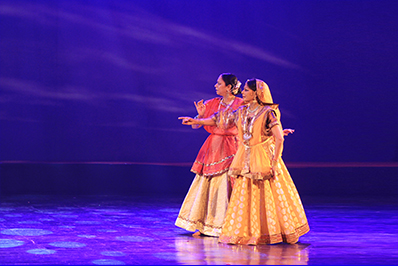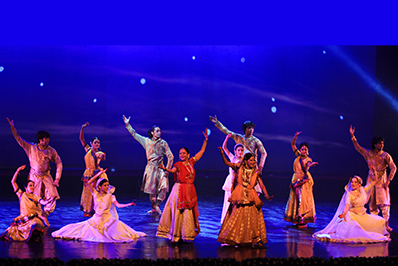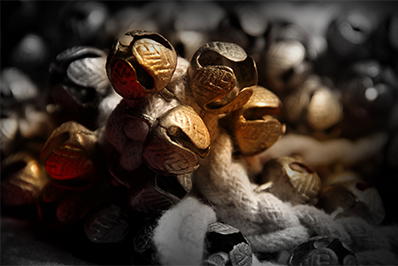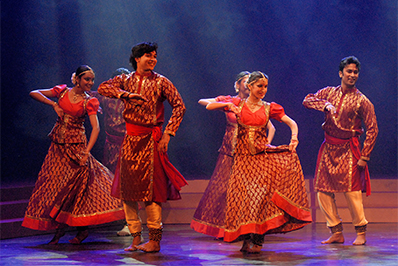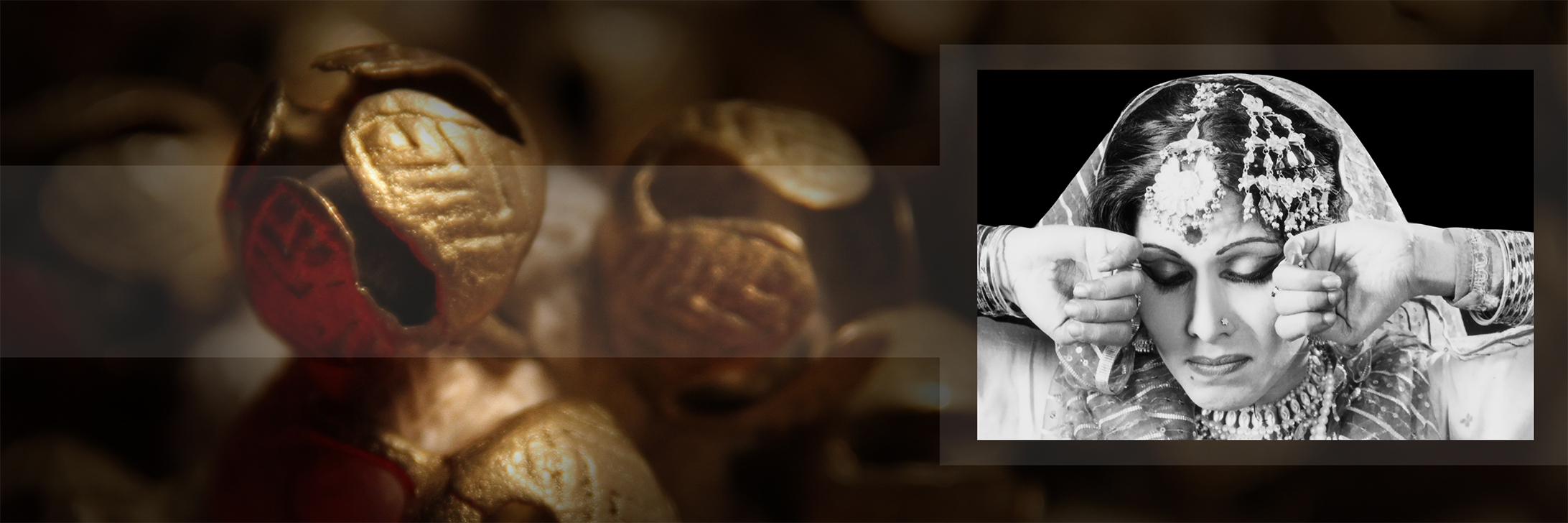
-
CALL US
9711543781, 9560775768
-
MAIL US
ASAVARI Centre of Kathak
About ASAVARI Centre for Kathak
(Registration No: S/10360 dt 11.7.79 of Societies Registration Act)
The renowned danseuse Padmashri Shovana Narayan established ASAVARI institution in the year 1979 the seeds of which were first sown in 1973. Over the years, it has acquired the reputation of being a highly innovative yet traditional institute for the instruction of Kathak. Shovana Narayan, the foremost disciple of Pt. Birju Maharaj, herself imparts training in both theory and practical aspects of this dance form. Assisting her is a team of dedicated gurus.The emphasis is on nurturing a generation of highly proficient dancers replete with technical expertise and abhinaya skills with good grounding in theory of Kathak & and other Indian performing arts. The senior disciples are encouraged to create and choreograph experimental pieces while always retaining the true spirit of Kathak giving rise thereby to an intelligent and motivated group of dancers.
Asavari Centre for Kathak
Training:
Under the aegis of Asavari, training in Kathak is being imparted to keen students. A staunch believer in the Gurukul-parampara, Shovana imparts to her disciples not only details of Kathak but also her own sensitivities and message of love, righteous practices and trust, which makes an artiste humane. Here she has successfully redefined the Guru-Shishya tradition and related it to the modern society. Her dedication as a guru of excellence can be seen in her disciples who have become acclaimed young dancers of the country. Some have utilized their training in Kathak to shine in related fields of arts. Several are spreading the art of Kathak in far-away lands of USA, UK, Russia etc.
Guru Shishya Parampara
A staunch believer in the guru-shishya parampara, Shovana is of the view that in this tradition of teaching of essentials of dance, of spiritual relationship and mentoring, the Guru takes on the responsibility of the development and progress of the disciple in all ways so that the disciple grows into a well balanced and contributing member of society. Besides learning all aspects of technical nuances of the dance form, the intangible thread of the guru-shishya relationship helps the disciple to learn to appreciate the essence of Kathak, much beyond the technical aspects of the dance form, to unconsciously imbibe the ethos and spirit of dance as well as soak the thought process of the guru. It is an osmosis process that allows soaking up of 'dance' in the veins of a person.
Shovana's Asavari Repertory/ Dance Company
Shovana's Asavari group is credited with many path-breaking works, whether they were sensitive portrayals of social issues or whether they were explorations of rhythmic dimensions in terms of sound-scapes and emotional-scapes! As early as 1983, she ventured to stage a ballet on the subject of environment that saw several new choreographies on till hitherto unexplored subjects including new and contemporary perspectives on myths and legends and iconic mythological characters from 1983-84 onwards.
Her creativity and fearlessness was also evident when she became the trend-setter in utilisation of lights to highlight the sound of footwork so unique to Kathak, married with the deep resonant strains of dhrupad music, first as a small item in 1981 and then in full-fledged item with group choreography, "Dhwani-Pratidhwani" in 1986-87. Also not lagging behind were revolutionary ideas in the Indian context of burning social themes such as female foeticide and incest as far back as in the early to mid-nineties of the twentieth century.
Added to these were path-breaking endeavours such as dancing without ankle bells, use of English text, use of long skirts as part of choreographies or use of drums and cymbals only as part of dance movements and choreography or to the riddles of Amir Khusro with audience participation highlighting the old-forgotten 'prahelika' tradition of Kathak.
Since its inception, under the banner of Asavari, Shovana's dance company has given numerous performances on various themes and subjects all over the country and abroad. The Festivals that have seen the Asavari group mesmerizing the audience include Kathak Mahotsavas at Delhi, Calcutta, Lucknow to name a few, Bindadin Mahotasava, Kalka Mahotsava, Khajuraho, Lucknow Mahotsava, Badrinath Festival, Magh Festival at Allahabad, Ganga Mahotsava at Benaras (Varanasi), Durga Puja Festivals and Dussehra Festivals at Patna, Pune Festival, Ganesha Festival, Tourism Festivals of Delhi Tourism, India Tourism, Tamilnadu Tourism etc, Qutab Festival, Surya festivals at Trivandrum, Konark Festival at Konark (Orissa), Modhera Sun Temple Festival (Gujarat), Brindaban Festival, Patiala Heritage Festival, Ranakpur Festival, Tirupati Festival, to name a few including tours abroad to International Festivals in USA, USSR, Finland, Thailand, UAE, China, Japan etc.
This group has a number of dedicated dancers and musicians, whether as performers, teachers or choreographers, most of whose association goes back to the last 15-20 years. In some cases, even more!
Name and Logo of ASAVARI
The name ASAVARI was chosen as it represents a morning raga and therefore symbolizes the dawn of new creation and hope, mirroring the efforts of Shovana-ji towards the propagation, preservation and promotion of classical arts. The raga Asavari represents perception of pure consciousness even while its 'audava-sampoorna' character shows irregular changes in direction and asymmetry as in life. In Rajasthani paintings, the ragini Asavari is shown playing the lute.
The logo represents the 'tanpura' strings within a sphere symbolizing the importance of music in all spheres of music and dance. The tautness of musical strings represents harmony, balance and strength not only in performing arts but in life as well. The four strings of the tanpura representing the four divine energies create a mood of meditation and contemplation. The drone emanating from it symbolizes the sound of the eternal 'OM', the sound of the cosmic void representing vibration of everything. These vibrations are motion and are related to the dance of the Supreme Nataraj.

